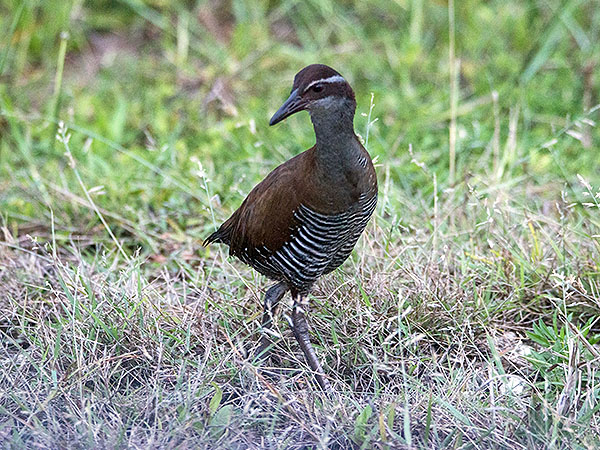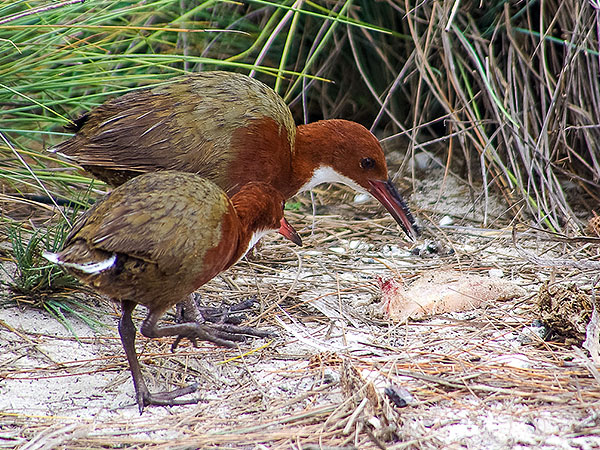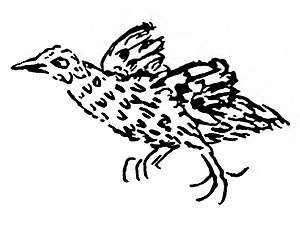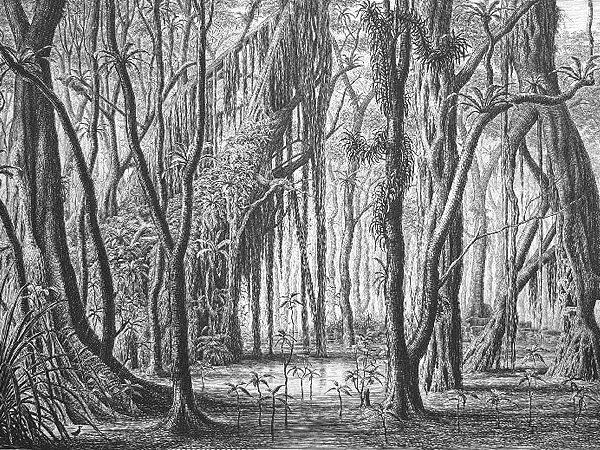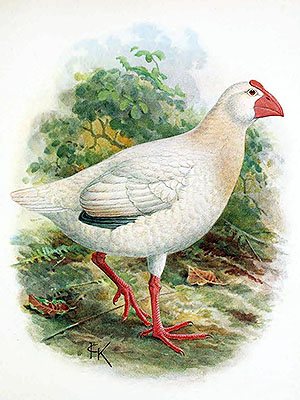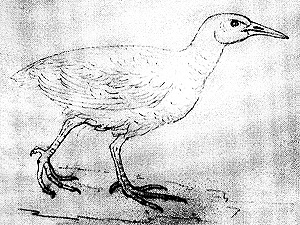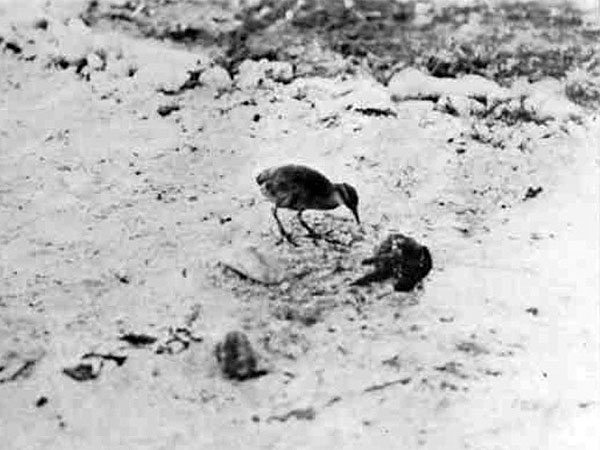Trindade Rail (Rallidae gen. & sp.)
The Ilha da Trindade is a volcanic island that is located in the Atlantic Ocea, about 1150 km offshore the Brazilian eastern coast.
The island harbors some sea birds but is surprisingly lacking any land birds, a situation that is highly unlikely, not only in my own opinion ….:
“In my opinion, it is highly unlikely that there was not an endemic species of rail (Rallidae) on Trindade in the past, as there was ample habitat and these birds successfully colonized all the other South Atlantic islands …. That I was unable to find any fossil remains of such a bird may perhaps be attributed to my usual good fortune temporarily running out. The great abundance of land crabs on Trindade may also have reduced the chances of any rail carcasses surviving long enough to be preserved, although this did not prevent rail bones from being fossilized on Fernando de Noronha, where land crabs also occur.” [1]
If there have been any land birds living on the island (and there surely have), they must have become extinct very shortly after the discovery of the island in 1502, followed by the inevitable introduction of cats, mice (but fortunately no rats) and several kinds of grazing mammals.
*********************
References:
[1] S. L. Olson: Natural history of vertebrates on the Brazilian islands of the mid South Atlantic. National Geographic Society Research Reports 13: 481-492. 1981
*********************
edited: 03.05.2022

